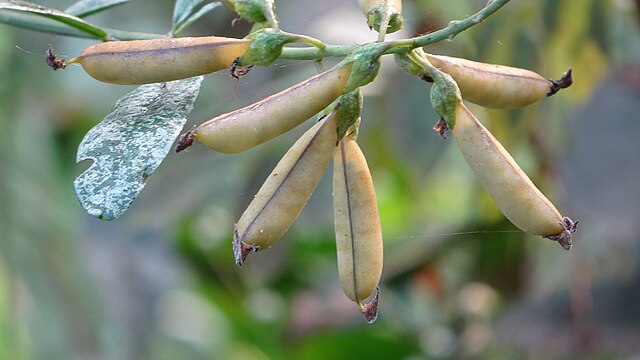A survey shows that two-thirds of consumers in the Netherlands overlook legumes as meat substitutes, Nieuweoogst reported on July 11, 2024.
The 2023 survey by vegetable and legume processor, HAK, paints a poor attitude by the Dutch towards plant-based protein foods.
Nicole Freid, HAK’s MD, said during the survey reading that 67% of consumers still carry an “old-fashioned image” of pulses.
She attributed the above mentality to the lagging consumption of brown beans, beans, kidney beans and lentils by the Dutch population.
Indeed, locals consumed only 5 kilotonnes of beans in 2019, while top bean-consuming nations averaged double-digit figures.
“Consumers have always been creatures of habit,” Says Freid, adding that in her opinion partial blame lies with retailers who withhold legumes.
Lacking tips on legumes at stores, buyers consequently know little about the food group’s high fiber levels and low saturated fat.
1/3 of Consumers in the Netherlands Can’t Prepare Beans
Interestingly, the survey details that a third of consumers in the nation lack practical knowledge on bean cooking. While this deters their consumption, it however does not hinder the fact that they are cheaper meat substitutes.
HAK has therefore come up with a tempting tool known as “Boonus calculator” to whet the local appetite for beans. It shows bean-preparation recipes alongside saving tips of plant-based protein sources.
The calculator shows comparisons of popular Dutch recipes that pit meat against legumes with respective euro-based calculations.
Also on target is the reigning popular topic of emissions which has prompted a carbon tax in neighboring Denmark. In the Holland context, the calculator will be helping foodies calculate their carbon emissions. According to HAK, legumes lead to lower emissions than meat. The Massachusetts Institute of Technology (MIT) echoes this revelation to the effect that beef pound emits 60 times more CO2 than peas.
Ultimately, the HAK survey could turn tables for the Western European nation’s current protein plan. One is the National Protein Strategy, which focuses on the wide cultivation of legumes to improve diet and raise soil biodiversity. For additional information on how consumers in the Netherlands consume legumes, read on below.
Statistics on Legume Consumption in the Netherlands
Holland consumes between 3 and 6 kilotonnes (kt) of beans per year, based on data between 2015 and 2019. Of these years, 2015 recorded the highest consumption rate of 6 kt while 2018 had the lowest at 3 kt. In comparison, neighboring Germany and France had 8 and 31 kt respectively in 2019, while the leader, India, had 5,275 kt.
How many grams of legumes do the Dutch consume per day?
According to the U.S. National Library of Medicine (NLM), the Netherlands consumed less than 10 g of legumes daily in 2022. This was the seventh lowest legume consumption level in Europe. In comparison, the world consumption of legumes averaged between 1.2 and 122.7 grams per day in 2022. The highest consumption rate was in Afghanistan and the lowest in Norway. Notably, continental Europe consumed less than 50 g a day in 2022.
How much meat do people in the Netherlands eat per year?
The Netherlands has a moderate meat consumption rate in comparison with other Western countries. In 2022, for example, the country ranked 77th worldwide in meat per capita at 59.14 kg per person per year. Pork led consumption at 27.71 kg per person per year. Beef and chicken trailed at 16.21 and 9.99 kg per person per year respectively.
